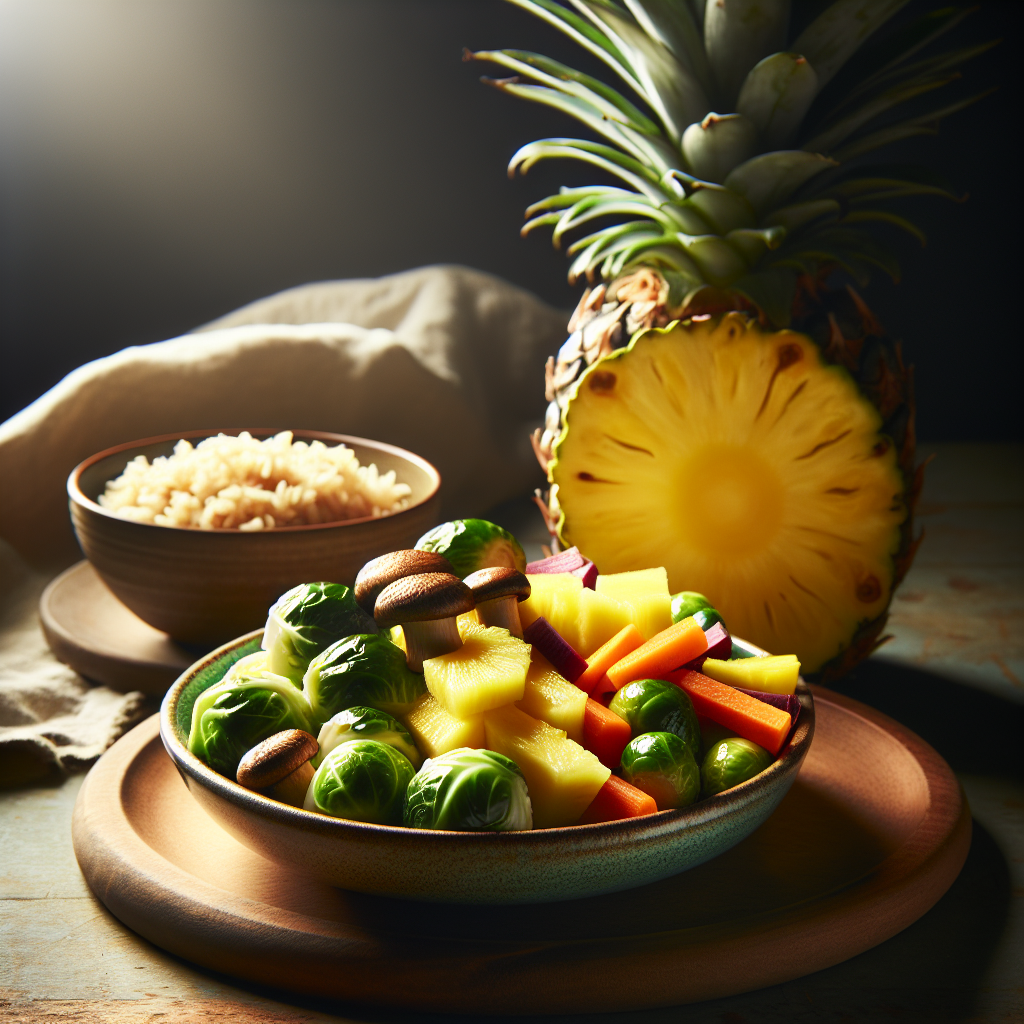Welcome to our comprehensive guide on the art of food combining for optimal digestion. This resource will equip you with expert tips and techniques to enhance your digestive health by understanding the principles of food combining. By following these guidelines, you can create well-balanced meals that support efficient digestion and nutrient absorption. Let's explore the world of food combining and unlock the secrets to a happier digestive system.
1. The Basics of Food Combining:
Food combining involves strategically pairing different food groups to support efficient digestion. By considering the compatibility of foods, you can optimize the digestive process and minimize discomfort. Understanding the different categories of food is key to mastering food combining principles.
2. Separating Proteins and Starches:
Avoid combining proteins (such as meat, poultry, fish, legumes, and nuts) with starches (such as bread, rice, pasta, and potatoes) in the same meal. Digestive enzymes required for protein breakdown and starch digestion work optimally under different pH levels. Separating these components can help prevent digestive issues and promote smoother digestion.
3. Balancing Acidic and Alkaline Foods:
Maintain a balance between acidic and alkaline foods to support digestive health. Acidic foods (such as citrus fruits, tomatoes, and vinegar) are best consumed separately from alkaline foods (such as leafy greens, non-starchy vegetables, and most fruits). This balance aids in maintaining proper pH levels in the digestive system.
4. Fruits as Separate Entities:
Consume fruits on their own or as a snack, away from other food groups. Fruits have a higher water content and are digested more rapidly than other foods. When combined with other foods, fruits can ferment in the digestive tract, leading to discomfort and bloating. Enjoy fruits at least 30 minutes before or after a meal.
5. Mindful Fat Pairing:
Be mindful of fat pairing, as it can impact digestion. Fats are generally well-tolerated with vegetables and non-starchy foods. However, it is best to avoid combining fats with proteins or starches in large quantities, as they may slow down the digestive process and lead to a heavy feeling.
6. Listen to Your Body:
While food combining guidelines can provide general principles, it is essential to listen to your body's unique signals. Pay attention to how you feel after meals and adjust your food combinations accordingly. Experimentation and mindful awareness can help you determine what works best for your individual digestive system.




